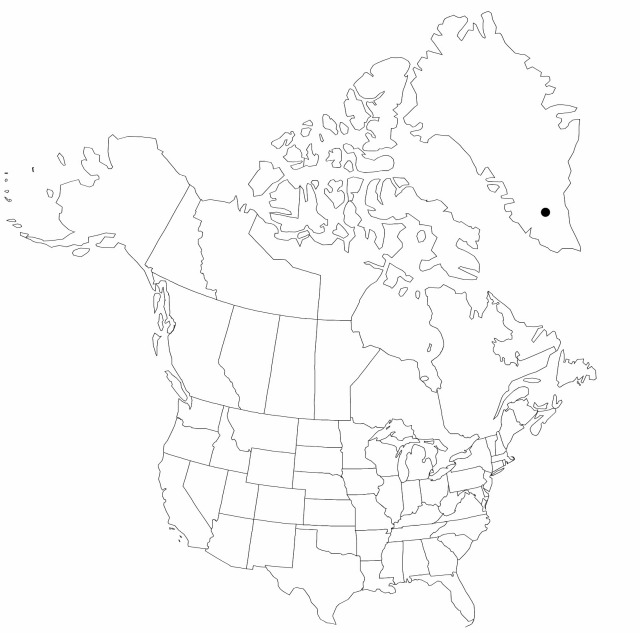Carex atrata
Sp. Pl. 2: 976. 1753.
Plants loosely cespitose. Culms (10–)30–40(–60) cm, smooth. Leaves 3–5 mm wide. Inflorescences: proximal bracts shorter than or exceeding inflorescences; spikes overlapping, erect or proximal spikes sometimes spreading, distinct, contiguous, short-pendunculate, short-oblong or elongate, 10–25 × 6–10 mm; lateral 2–4(–6) spikes pistillate, pedunculate, of similar length; terminal spike gynecandrous. Pistillate scales dark brown or black to margins, lanceolate, longer than and as broad as perigynia, midvein same color as body, inconspicuous or lighter in color and conspicuous, acute. Perigynia ascending, golden or dark brown, veinless, ovate, 3–4 × 1.5–1.75 mm, apex abruptly beaked, distally papillose; beak 04–0.5 mm, bidentate, smooth. Achenes filling proximal 1/2 or less of perigynia. 2n = 54.
Phenology: Fruiting Jul–Aug.
Habitat: Herb-slopes, willow scrub, moist rock ledges, heaths
Elevation: 10–700 m
Distribution

Greenland, Eurasia.
Discussion
For typification see I. Kukkonen (1980).
Carex atrata, in a restricted sense, though widely reported for North America, is present within the flora area in Greenland only.
Selected References
None.
